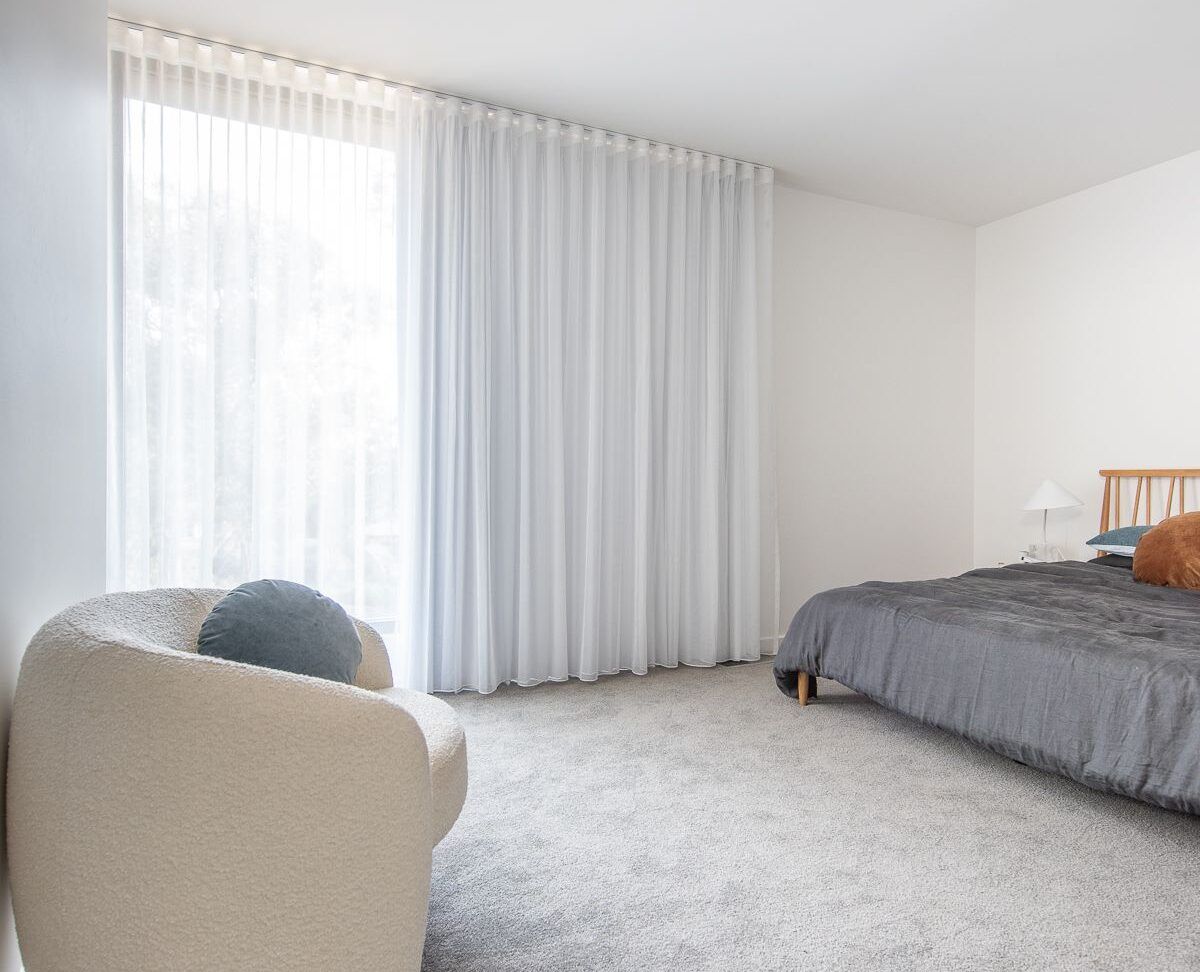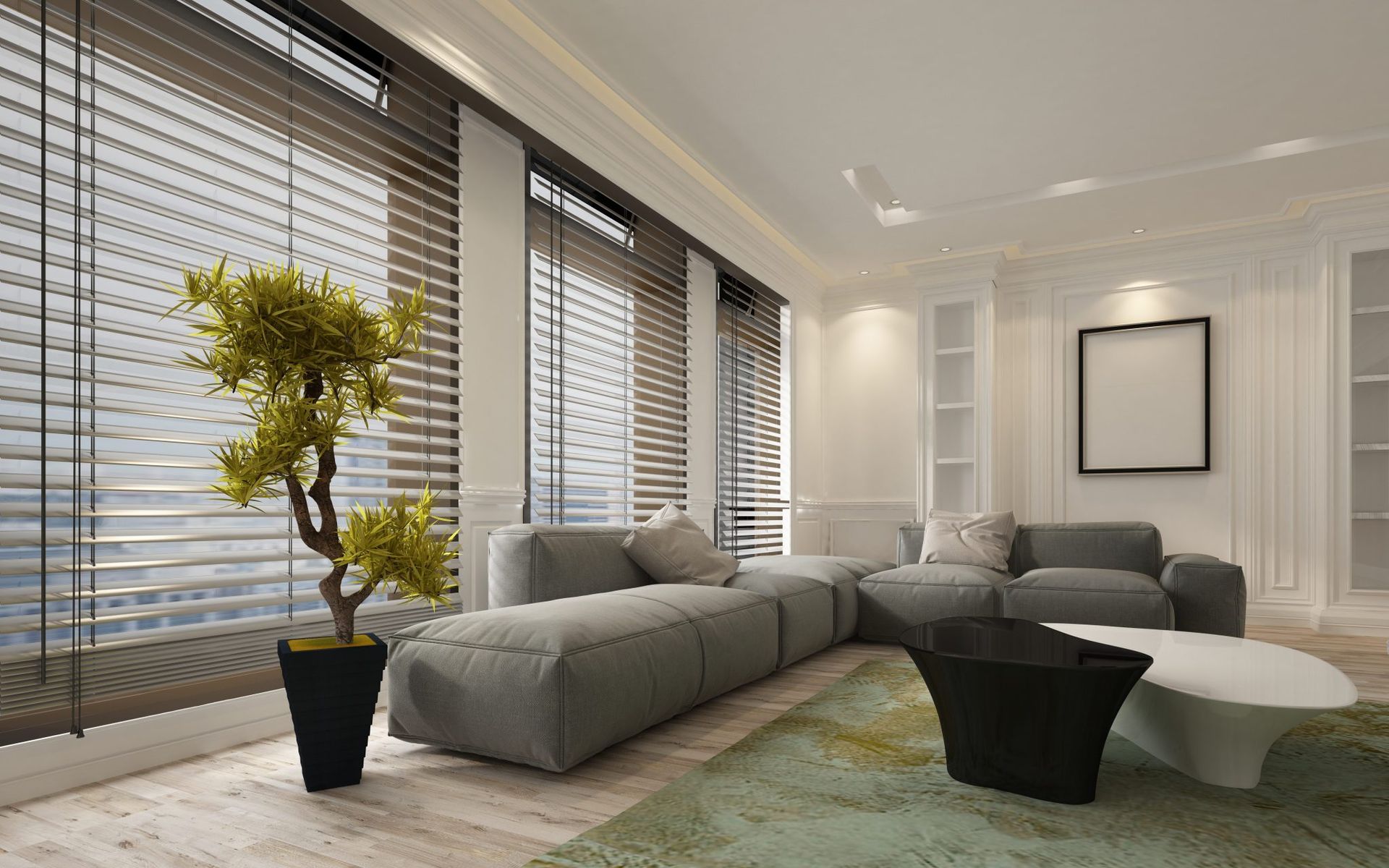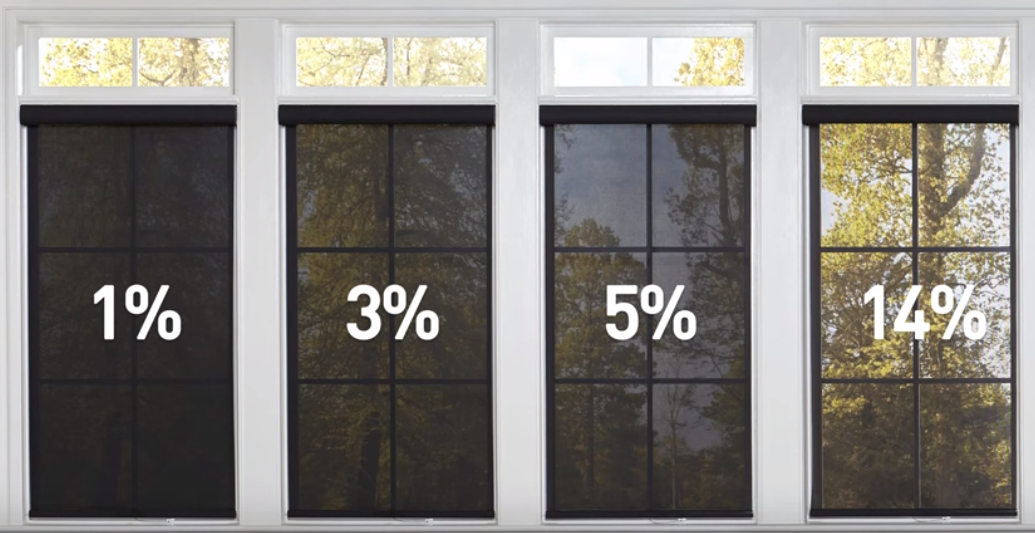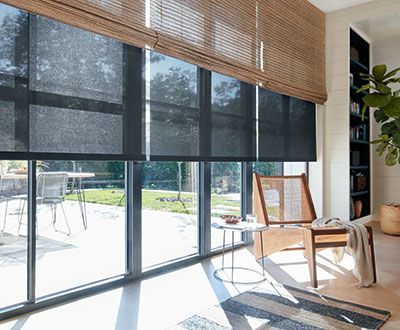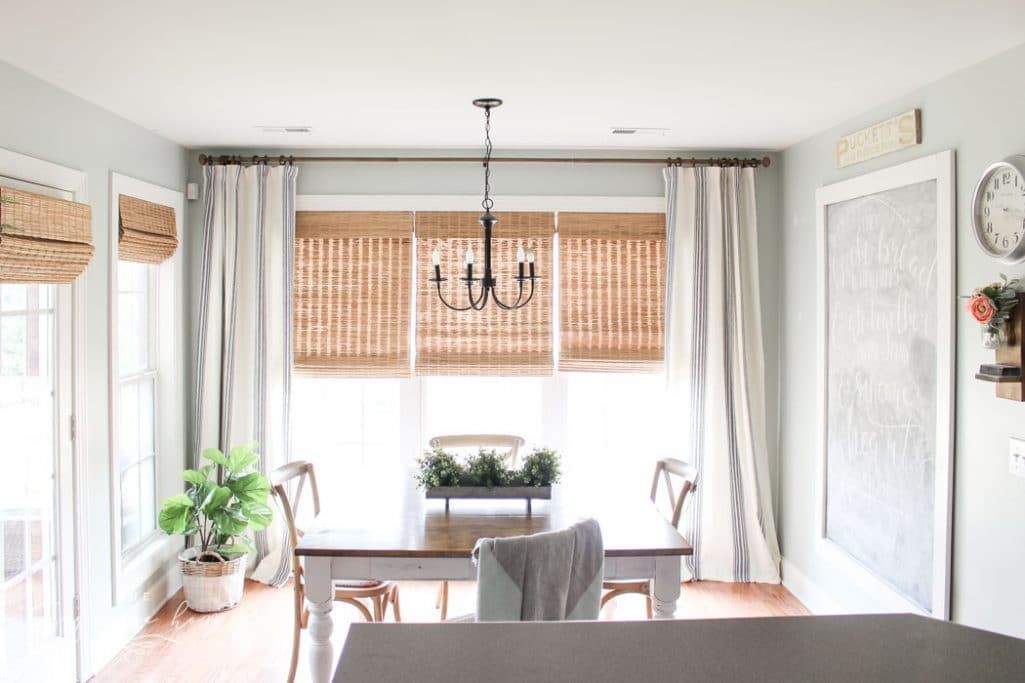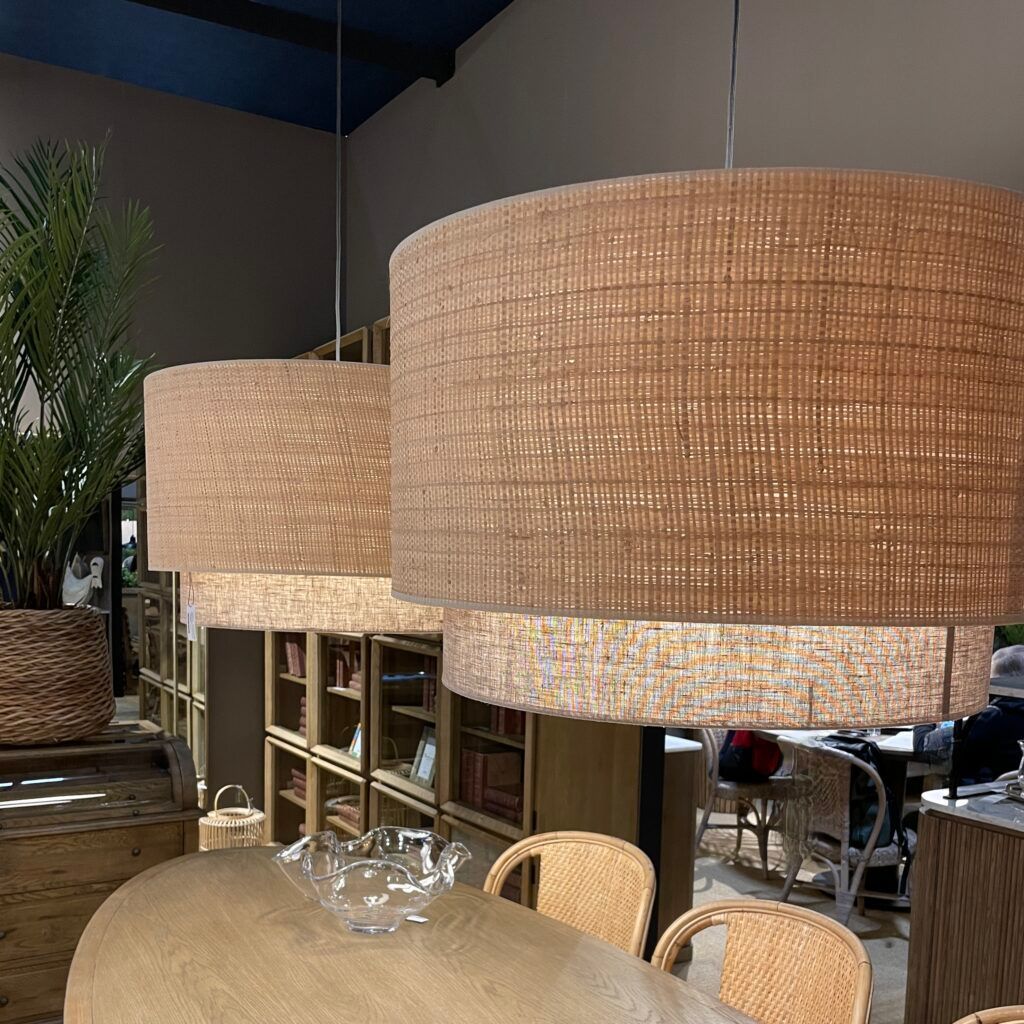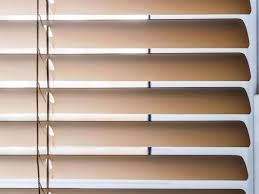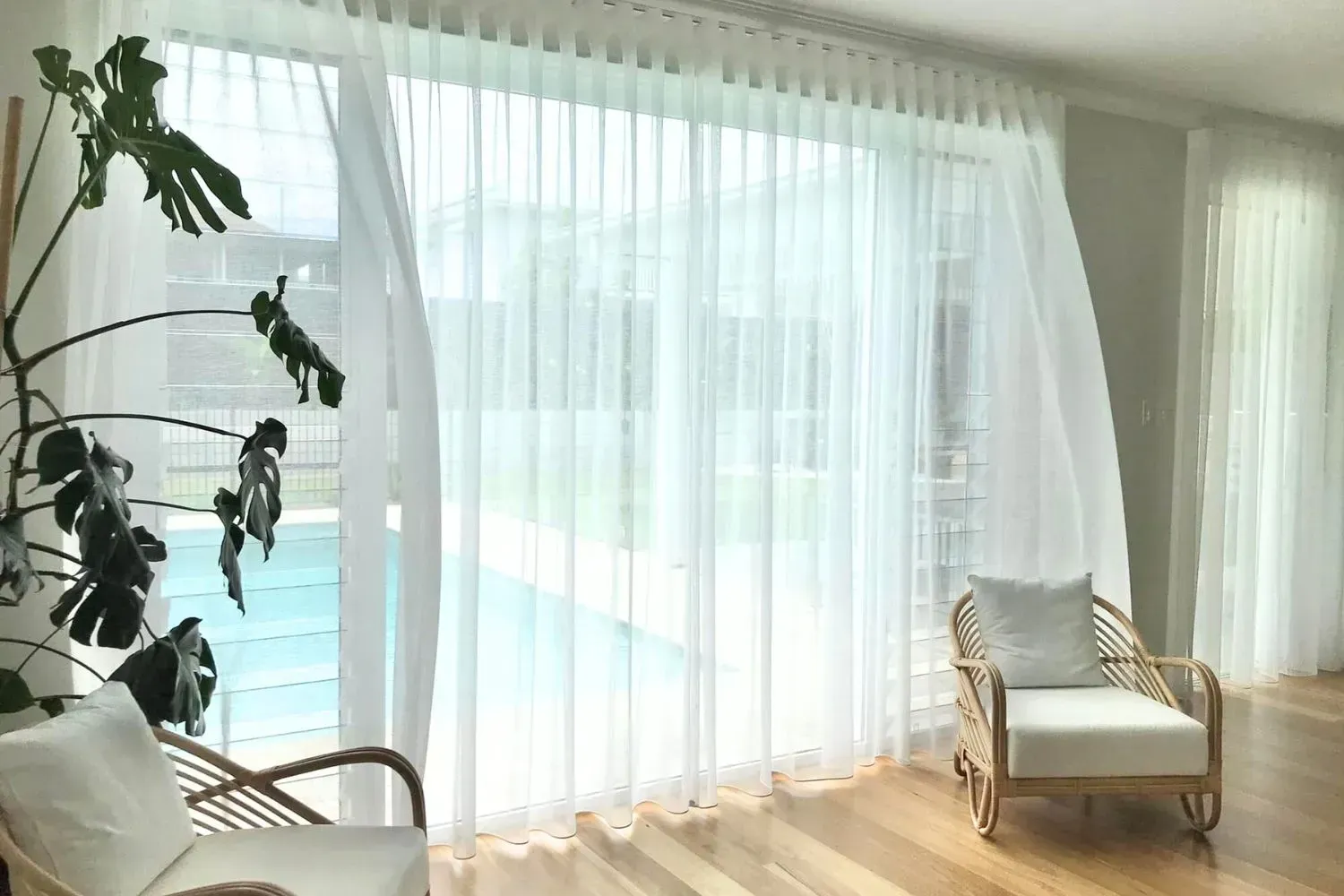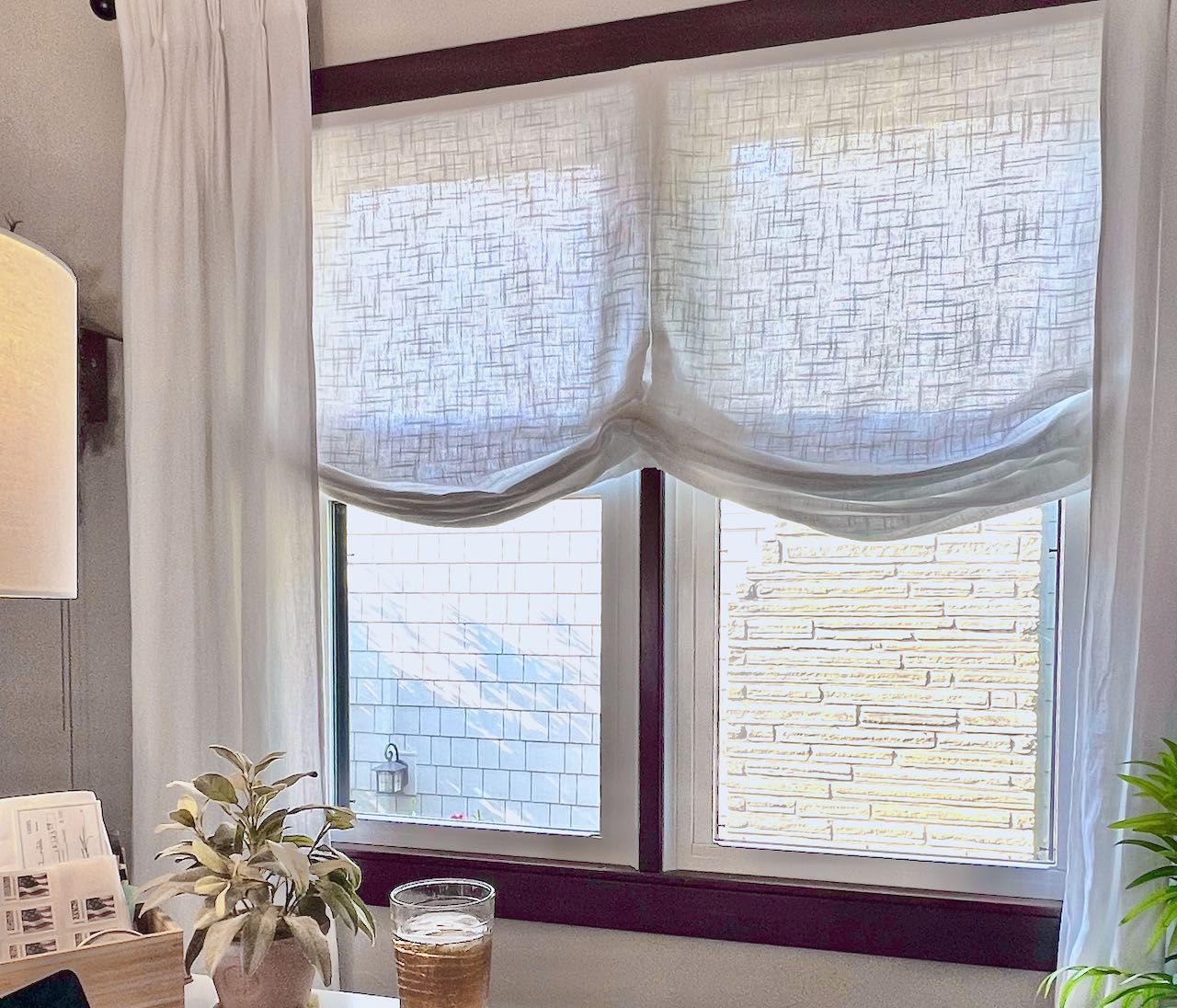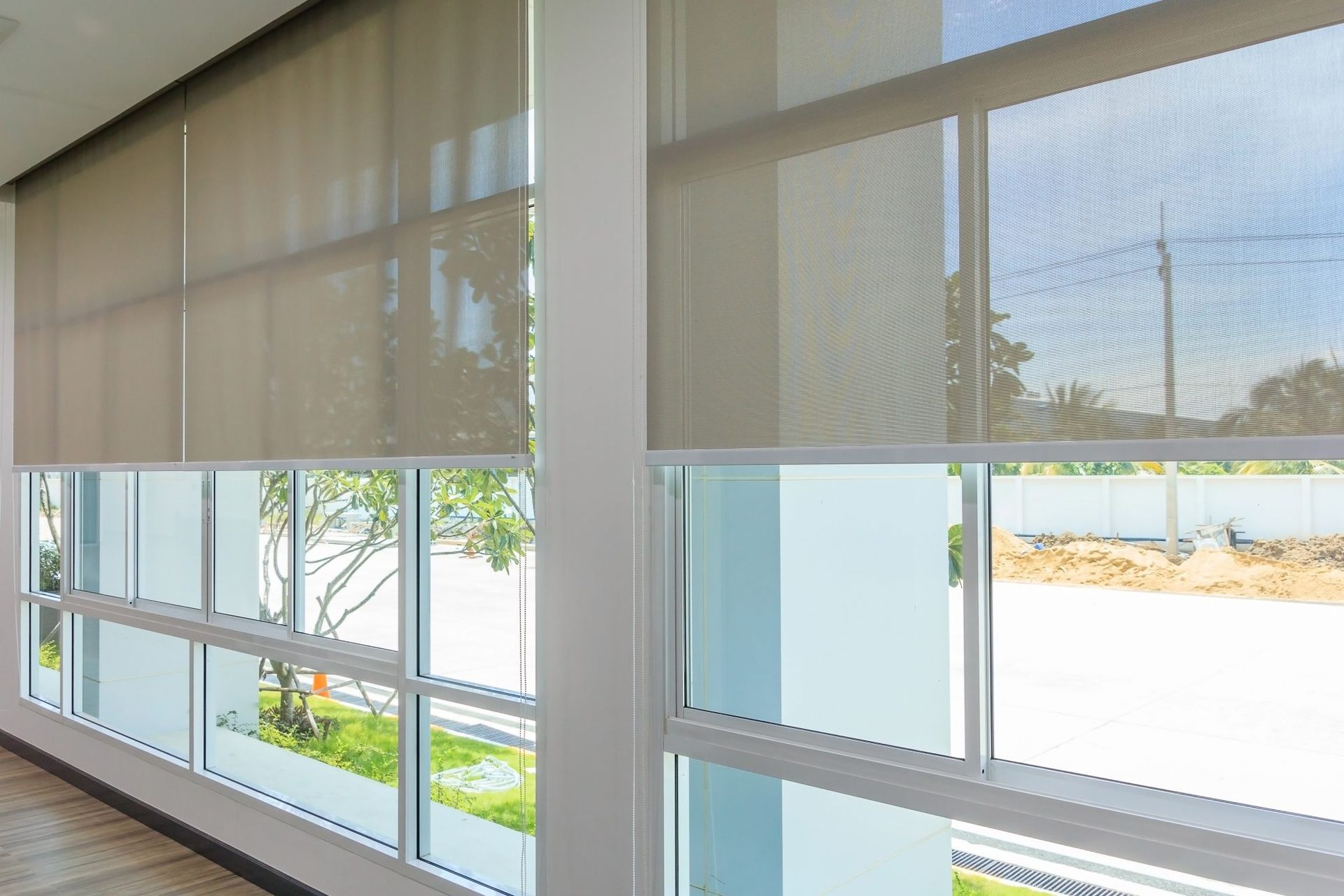What Are the Best Window Treatments for Homes with High Humidity?
Living in a high-humidity environment can be a challenge, especially when it comes to maintaining your home. Moisture can wreak havoc on furniture, walls, and even your window treatments. Selecting the right window coverings is crucial to prevent issues like mold, mildew, and water damage.
Why Does Humidity Matter for Window Treatments?
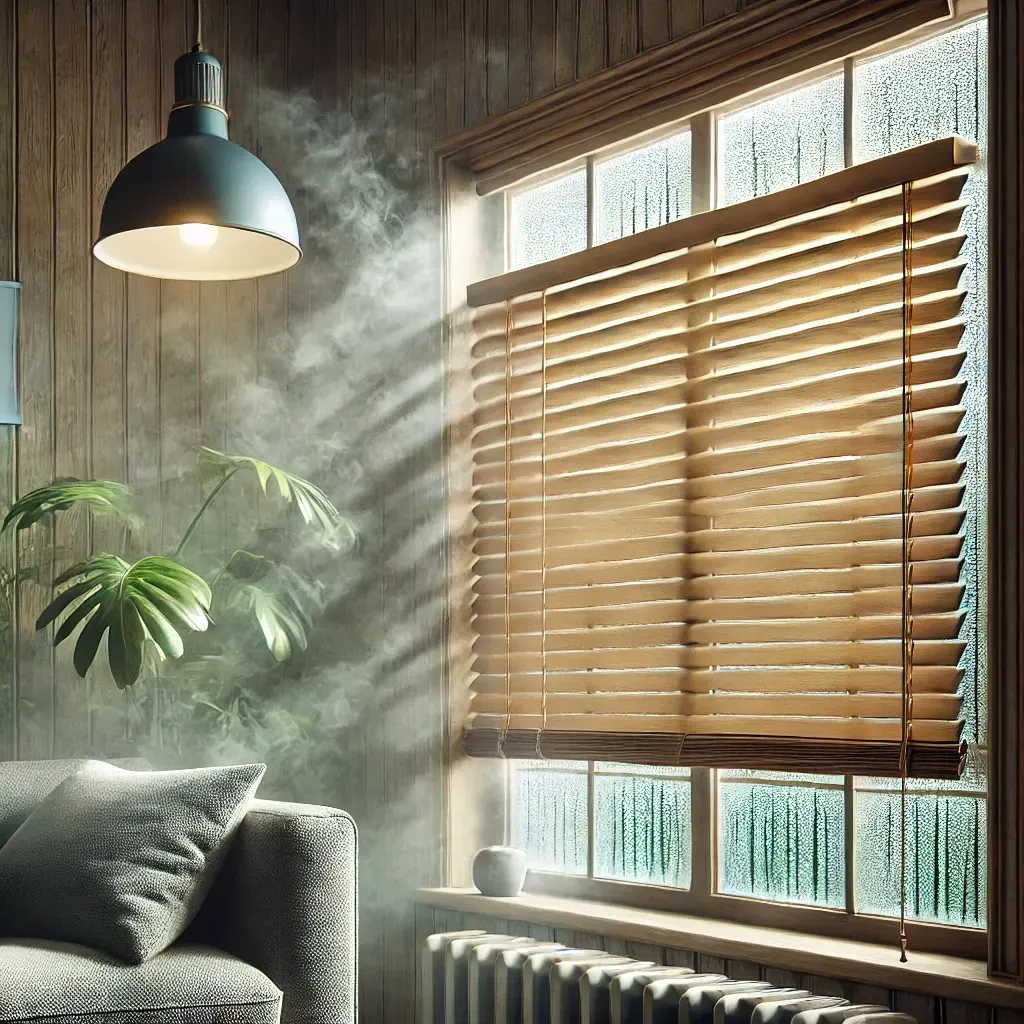
High humidity levels can lead to condensation on windows, which creates the perfect environment for mold and mildew growth. Over time, this moisture can damage standard window coverings, causing discoloration, warping, or even a foul odor. That’s why choosing moisture-resistant and durable options is key to preserving the functionality and aesthetic of your window treatments.
Best Blinds for High-Humidity Rooms
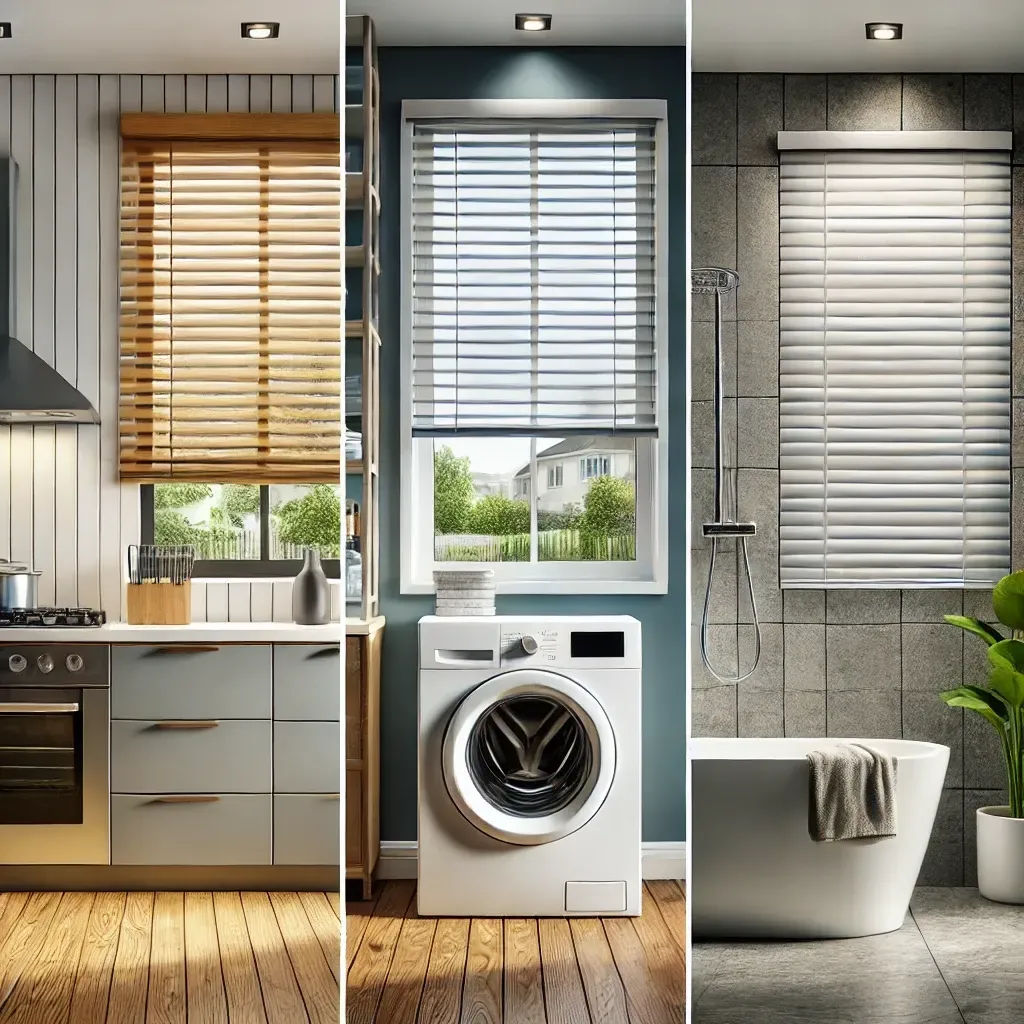
Answer: The best blinds for high-humidity areas are made from moisture-resistant materials like faux wood, aluminum, or PVC. These materials resist warping, cracking, and discoloration caused by constant exposure to damp conditions.
- Faux Wood Blinds: Combining the elegance of real wood with the resilience of synthetic materials, faux wood blinds are ideal for kitchens and bathrooms. They mimic the aesthetic of wood but won’t warp or rot in humid environments.
- Aluminum Blinds: Lightweight and rust-resistant, aluminum blinds are perfect for tropical climates or spaces like laundry rooms.
- PVC Blinds: Durable and water-resistant, PVC blinds are easy to clean and maintain, making them a practical choice for high-humidity homes.
Moisture-Resistant Window Coverings for Homes
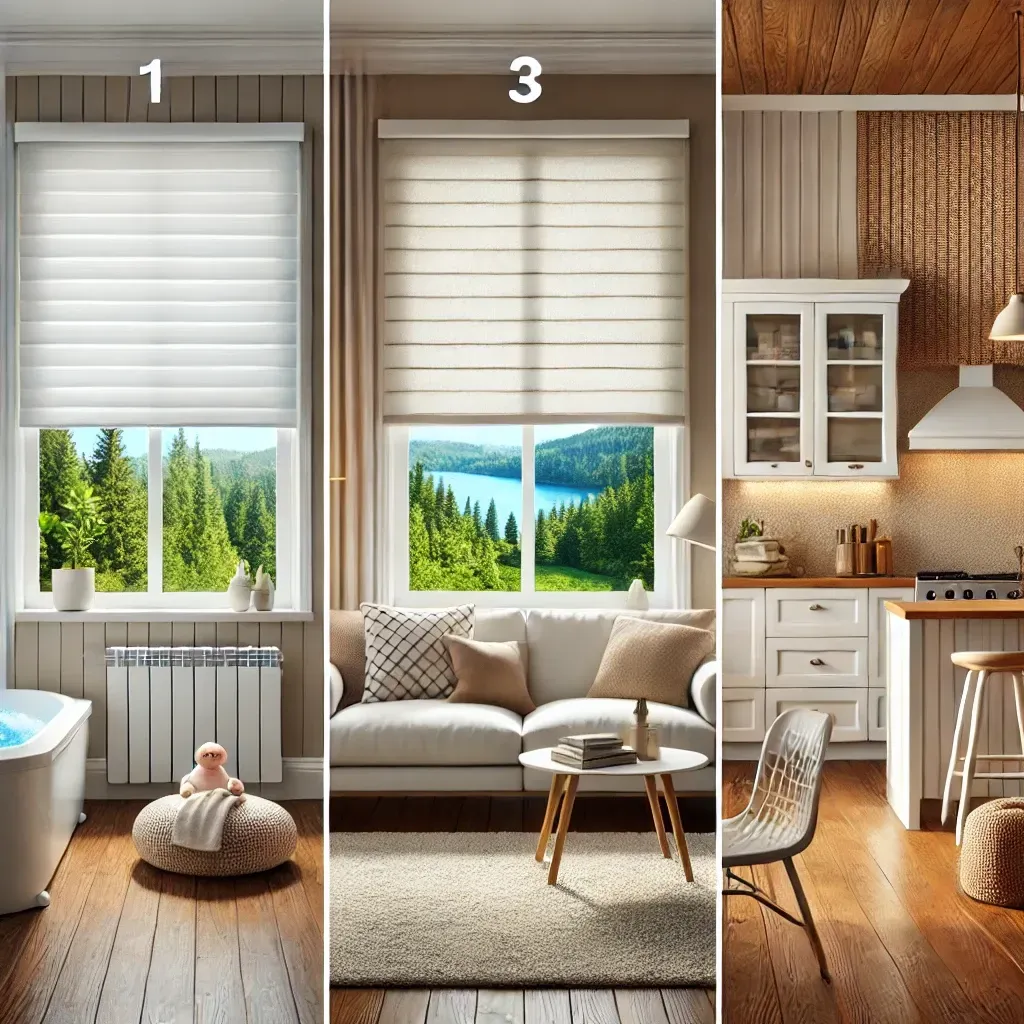
Answer: Moisture-resistant window coverings are designed to withstand damp environments while maintaining their look and functionality. Options include:
- Vinyl Roller Shades: These shades are not only water-resistant but also easy to clean, making them a top choice for humid spaces.
- Solar Shades: Made from woven polyester or vinyl-coated materials, solar shades resist moisture while allowing natural light to filter through.
- Woven Synthetic Shades: These offer the look of natural fibers like bamboo but are crafted with synthetic materials to resist moisture damage.
Window Treatments for Damp Environments
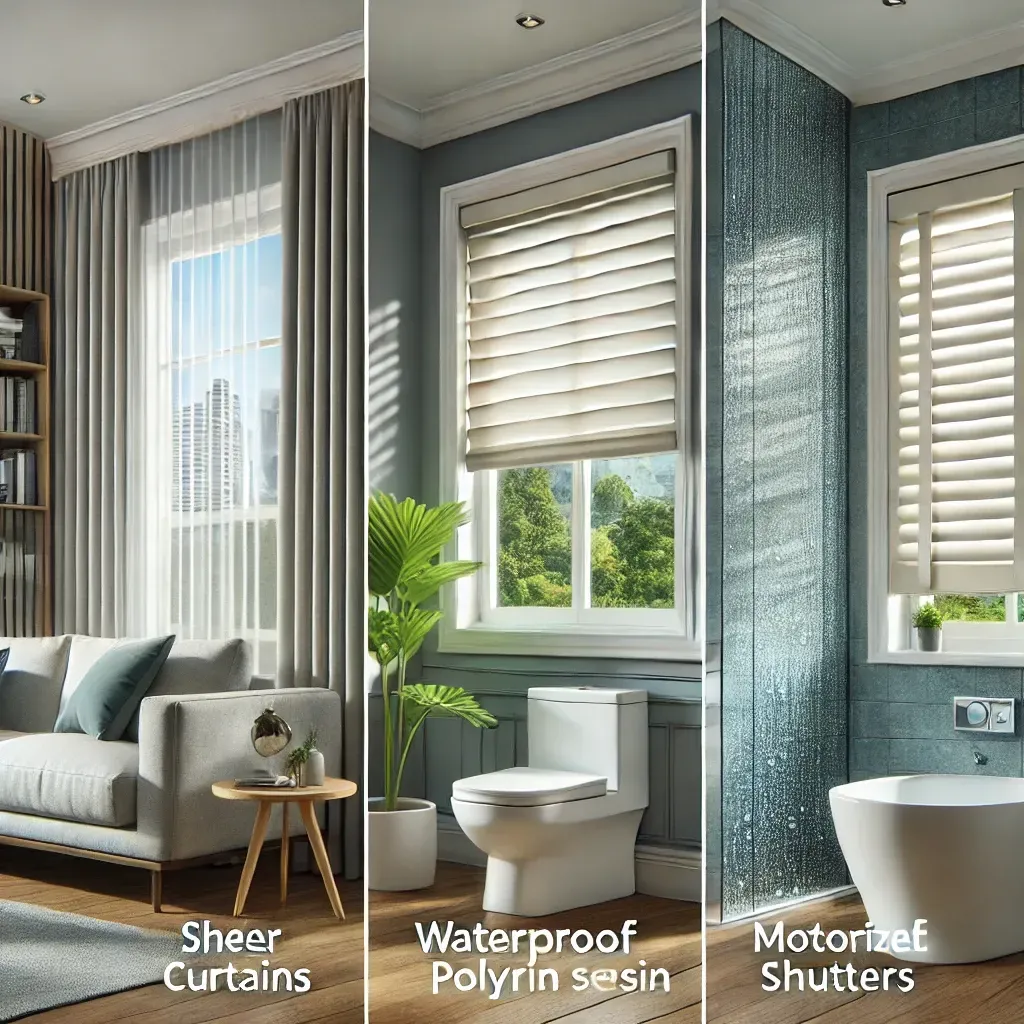
Answer: For damp environments, prioritize treatments that promote airflow and resist mold growth.
- Sheer Curtains with Synthetic Fabrics: Opt for polyester or acrylic blends that dry quickly and are less prone to mildew.
- Shutters with a Waterproof Finish: Polyresin or composite shutters are excellent for bathrooms and coastal homes as they’re impervious to water damage.
- Motorized Blinds: Motorized blinds can be programmed to open and close automatically, reducing moisture buildup by improving ventilation.
Durable Curtains for Humid Conditions
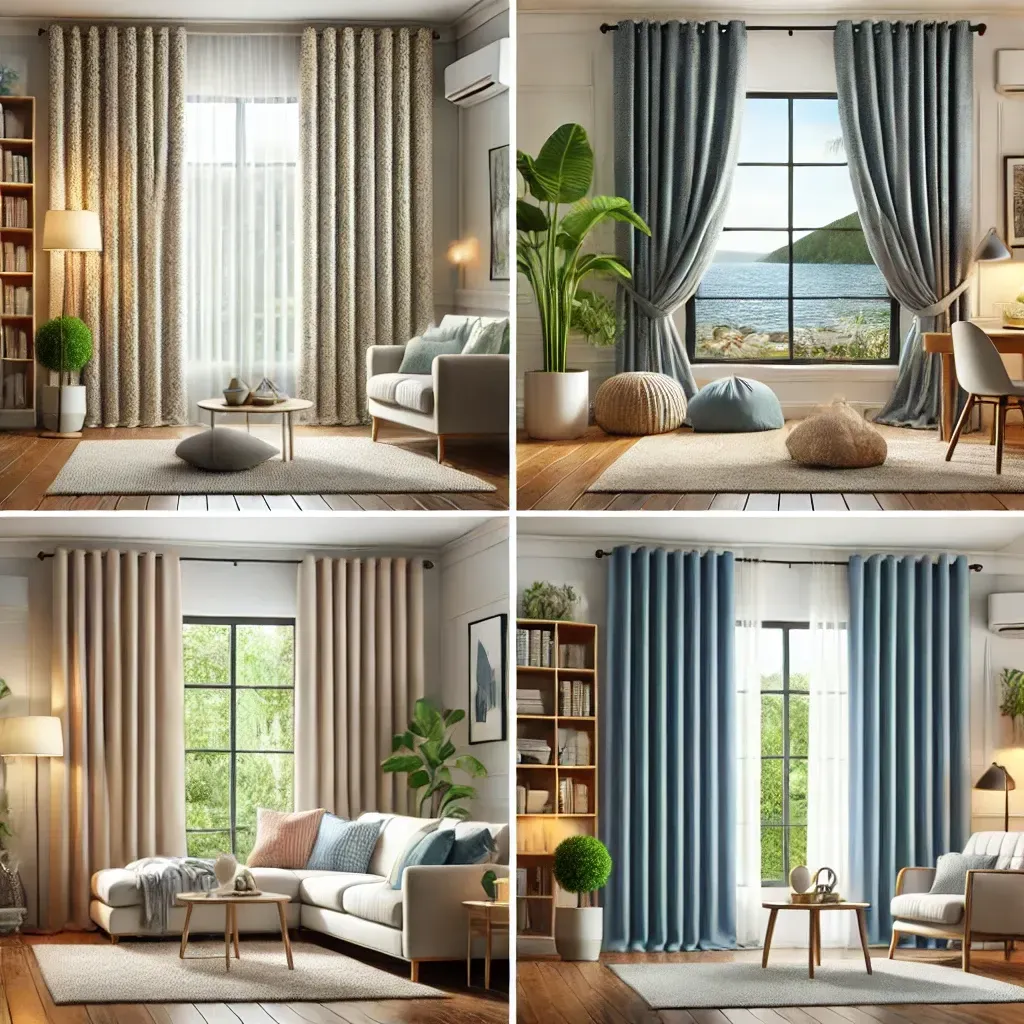
Answer: Curtains in humid areas should be both functional and stylish, made from fabrics that resist moisture while maintaining their appearance.
- Mold-Resistant Fabrics: Look for curtains treated with anti-microbial finishes to prevent mold and mildew.
- Outdoor Fabrics: Curtains made for outdoor use, such as Sunbrella fabrics, are excellent for high-humidity rooms as they repel water and resist fading.
- Thermal Curtains: While primarily used for insulation, some thermal curtains come with moisture-resistant backings that can help in humid areas.
Anti-Mildew Window Coverings
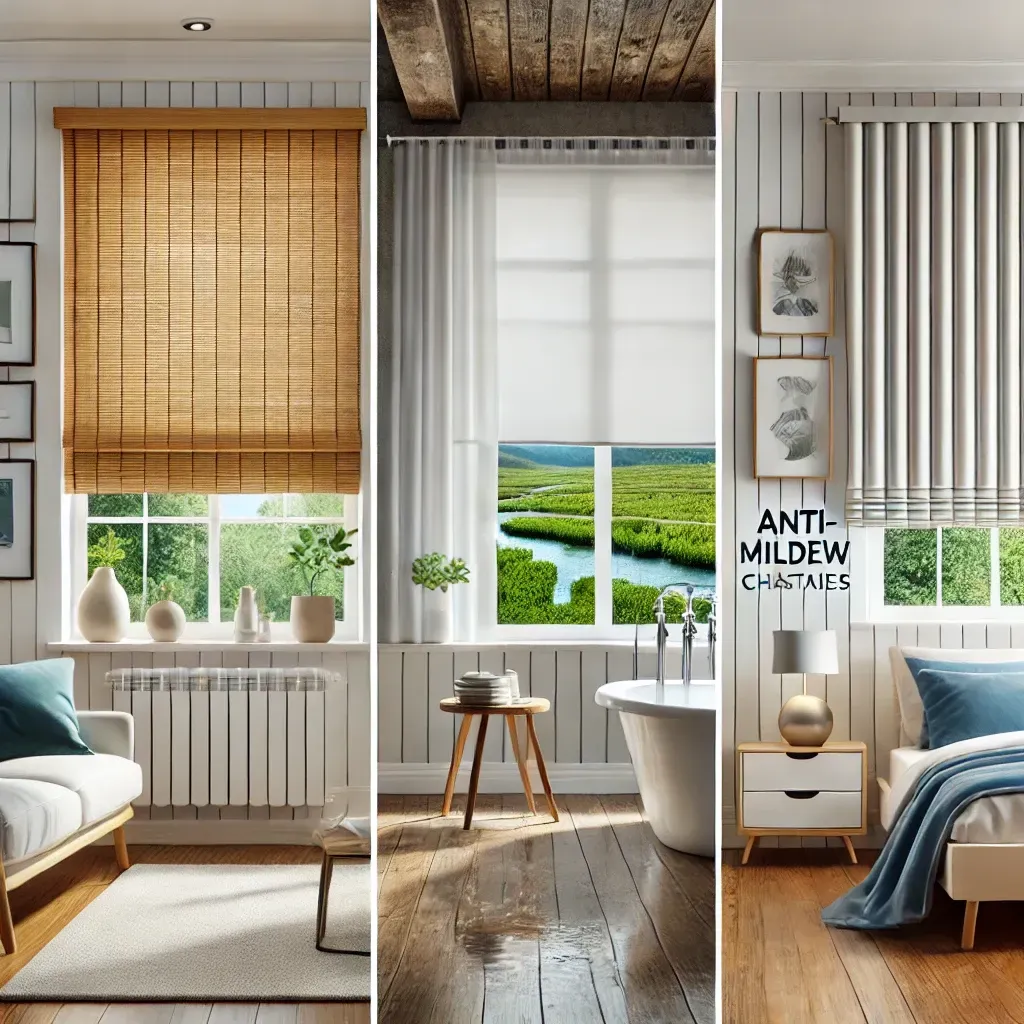
Answer: Anti-mildew window coverings help reduce the risk of fungal growth in humid conditions.
- Bamboo Shades with Synthetic Linings: These provide a natural look while offering the protection of moisture-resistant linings.
- Vinyl Curtains: Perfect for bathrooms and kitchens, vinyl curtains resist both water and mildew.
- Fabric with Moisture-Wicking Properties: Some advanced textiles are designed to wick away moisture, reducing the chance of mildew forming.
How to Choose Window Treatments for High-Humidity Homes
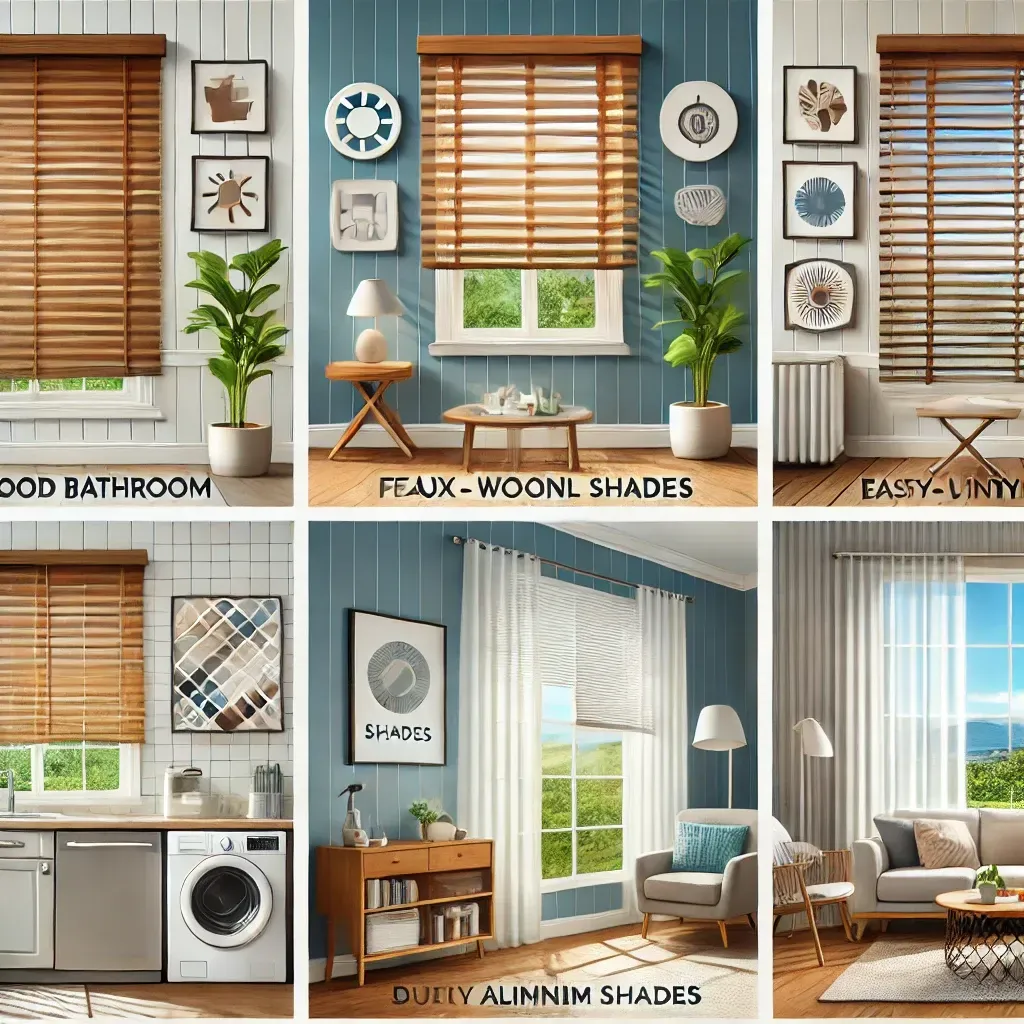
When selecting window treatments for a humid environment, consider the following factors:
- Material: Opt for materials like faux wood, vinyl, or aluminum that resist water and humidity.
- Ease of Cleaning: Choose window treatments that are easy to wipe down or machine wash.
- Durability: Look for options that maintain their structural integrity over time, even in damp conditions.
- Style and Functionality: Ensure your choice complements your home’s aesthetic while providing practical benefits like UV protection and insulation. For more inspiration, explore tips on Choosing Window Treatments by Style.
- Airflow: Select designs that allow air to circulate, reducing condensation and moisture buildup.
Conclusion
Choosing the best window treatments for homes with high humidity is not just about aesthetics; it’s about creating a healthier, more durable living environment. By investing in moisture-resistant and anti-mildew options, you can protect your home from the damaging effects of humidity while enhancing its style and functionality. Whether you prefer the sleek look of aluminum blinds, the natural charm of bamboo shades, or the durability of vinyl curtains,

